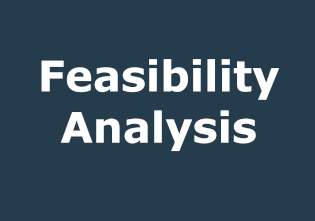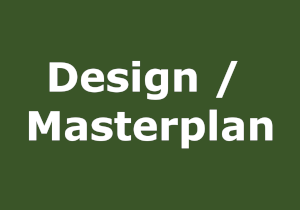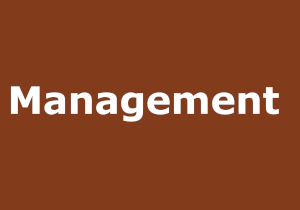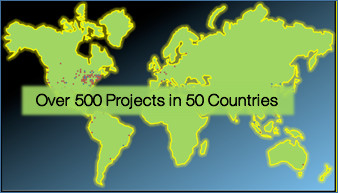“At ITPS…Fun is a SERIOUS Business!"
ITPS Services
12 Steps of Leisure Development
ITPS can assist through every stage of development of your theme park, amusement park, waterpark, zoo, aquarium, family entertainment center or other leisure venue.
At ITPS, we eliminate the learning curve by working with our clients to impart our knowledge to them.
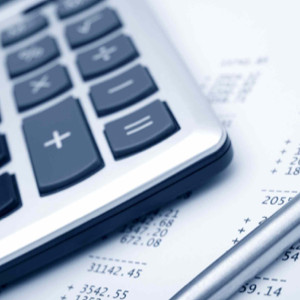
1
Feasibility Analysis
The “roadmap” for the project. This analysis provides for project siting, concept review, supportable market estimating, design day criteria, attendance projections, revenue forecasting, and net warranted investment.

2
Masterplan Programming
The project’s goals and scope are developed and documented. The project team is chosen and their tasks are delineated. This process delivers a set of clear goals that define the size, financial parameters, schedule milestones, and target audience. In addition, the creation of physical layout, site utilization, planning and development strategies help to establish the project scope.
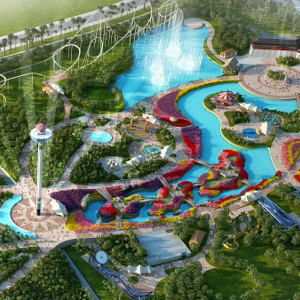
3
Preliminary Concept Design
Preliminary concept designs are developed for major components to address the scope and nature of the project. Design themes, storylines, and architectural styles are established. Issues that are addressed include not only design, but also economic and operational guidelines. Conceptual design developed during this stage is based upon the owner/developer’s project objectives.

4
Final Concept Design
The final concept design covers all project disciplines (i.e. architecture and engineering, etc.) developed to a level of detail sufficient for understanding the project’s scope, style, and content. This will allow the determination of the requirements needed by these disciplines to design and develop the project. Verification of the final concept design against all major components of the project scope and establishment of project budget and schedule will complete the project’s master planning phase.
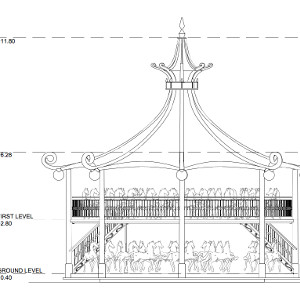
5
Schematic Design
The project’s goals and scope are developed and documented. The project team is chosen and their tasks are delineated. This process delivers a set of clear goals that define the size, financial parameters, schedule milestones, and target audience. In addition, the creation of physical layout, site utilization, planning and development strategies help to establish the project scope.
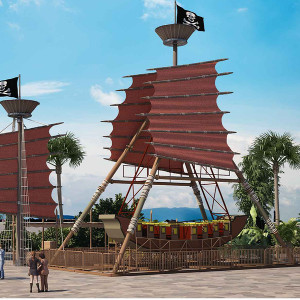
6
Design Development
Preliminary concept designs are developed for major components to address the scope and nature of the project. Design themes, storylines, and architectural styles are established. Issues that are addressed include not only design, but also economic and operational guidelines. Conceptual design developed during this stage is based upon the owner/developer’s project objectives.
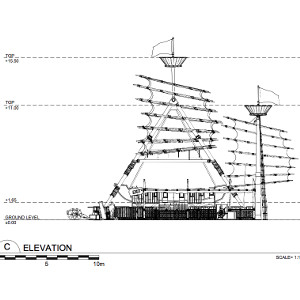
7
Production & Construction Documents
This stage develops all production and construction documents that the consultant, vendors, and contractors will need to implement the project. It can include developing plans, specifications, drawings, scripts, storyboards, and other detailed information that will support and delineate the production and construction bid documents.
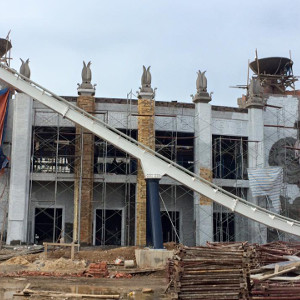
8
Production & Construction
This stage deals with the bidding, negotiation, and subsequent production and construction of all components for the project. This includes ongoing interaction with ride and attraction vendors for ride design and fabrication, as well as specialty vendors for fabrication of specialty components and disciplines, such as rockwork, lighting, water features, and much more.
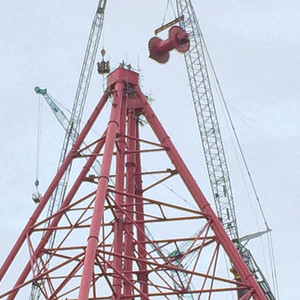
9
Installation & Testing
This stage covers the installation, termination, testing, and programming of all components and equipment directly related to the show systems and technologies proposed for the project. Show systems are tested to ensure compliance with the requirements set forth in the project program.
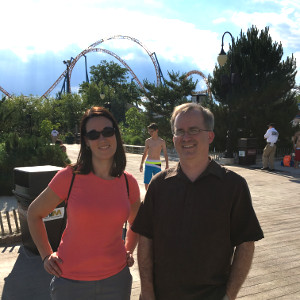
10
Pre-Opening Operations Planning
This stage covers the training of operations/maintenance personnel; the establishment of operations and maintenance procedures and manuals; the load-in of operations furniture, fixtures, and equipment; and the stocking of all inventories required for operations.
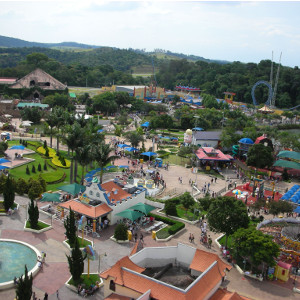
11
Grand Opening
This is the culmination of the entire project’s development. It is also the official opening and presentation of a fully operational and completely finished project to the general public.
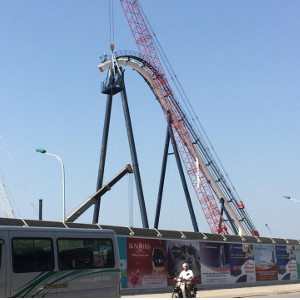
12
Rehabilitation / Expansion
This stage begins when new ideas, updated processes, or additional components are required to maintain the project’s viability. When requirements include new facilities, a major rehabilitation of existing elements, or major additions, this process becomes a new and separate project and must again address the twelve stages of project development.
Feasibility Analysis - Design / Masterplanning - Pre-Opening Operations Planning - Management

